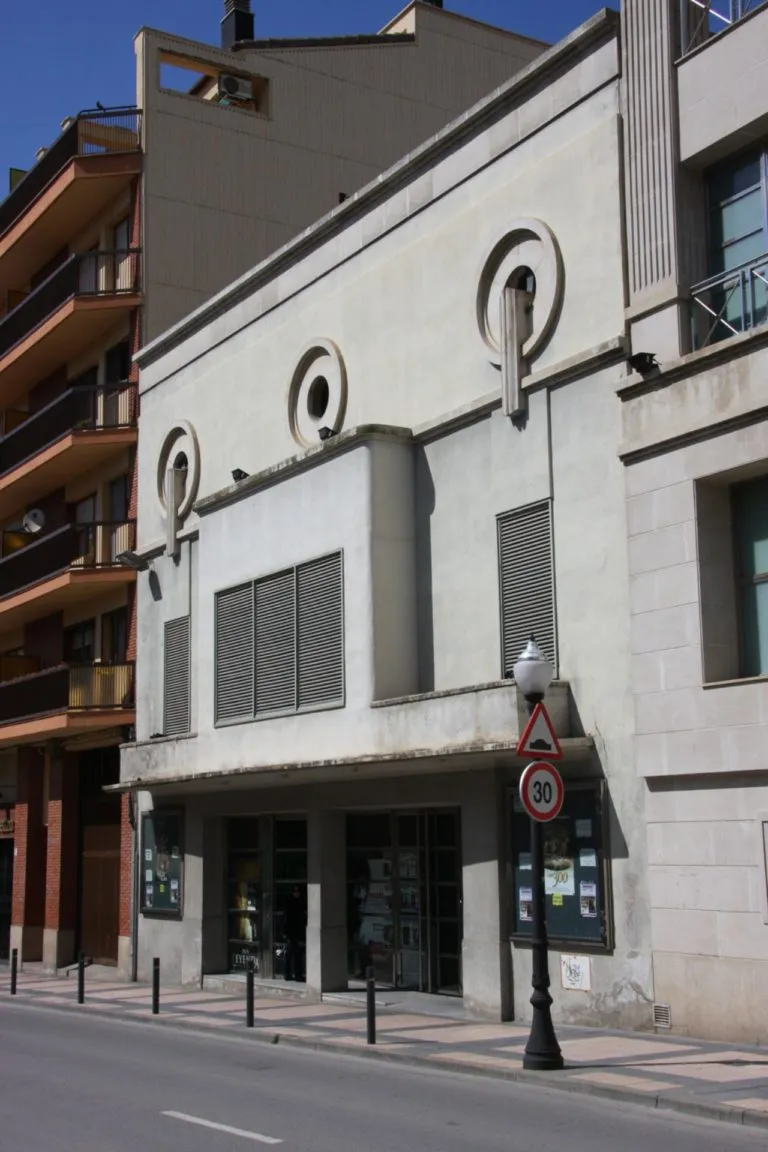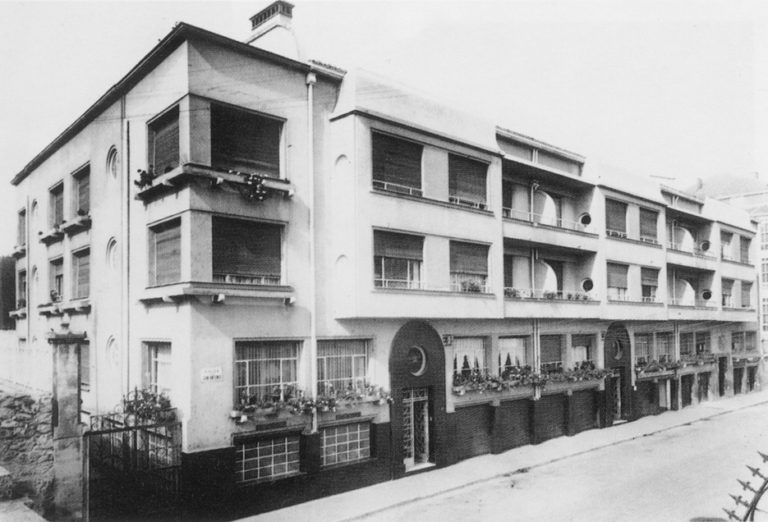We use the term “modern architecture” to refer to the ensemble of architectural styles and trends that coexist throughout the 20th century in the geographic area of the global West.
Despite the general scope of the term, a series of technical innovations and cultural, social, and stylistic changes converged in 20th-century architecture – and, especially, in the first half of the century – which resulted in an architecture that contrasts significantly with respect to the production of immediately preceding periods. To sum it up or in a simplified way, the architecture that results from these changes is referred to as modern architecture.
Given the generic nature of the term, it contains some ambiguities, which is why it is usually qualified or replaced by more specific terms. These terms highlight certain characteristics or subperiods, and they vary by country and language. Within the architectural production of the 20th century, we can talk about rationalism, functionalism, architecture of the Modern Movement, International Style, etc. All these terms can be included within the more general denomination of modern architecture.
In its direct translation into other languages, the term modern architecture can lead to confusion: the terms Modern Movement is used less often in English, with a preference for modernism or modernist architecture. In contrast, the literal translation of “modernism” into Spanish [modernismo] refers to an earlier period and architectural style, which has different names depending on the country:Art Nouveau (France and Belgium), Jugendstil (Germany and Scandinavian countries), Sezession (Austria), Modern Style (United Kingdom), Nieuwe Kunst (Netherlands), and Liberty Style or stile floreale (Italy).












